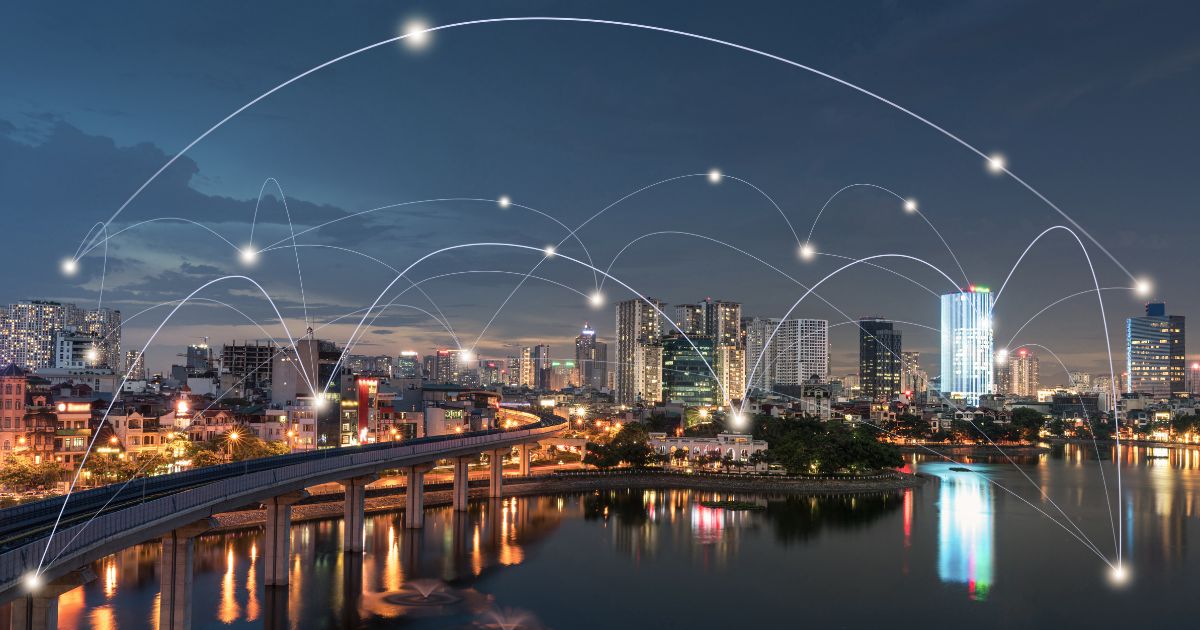Creating a strong community can lead to something grander – sharing support in hard times, stimulating ideas, and increasing the degree of a shared experience. Building community is not a new concept, yet its importance has grown enormously in recent years, particularly with that shift to digital life. Exactly what is community building, and why should we care about it? Reading through it all now will look at the meaning of communal activity, how it works, as well as practical steps for constructing your own community.
After finishing this series of posts, you will not only have a total understanding of the fundamental laws of community building but practical advice to establish real relationships and enduring ones, be it for yourself or your business.
What Is Community Building?
Community building is the creation of a group of people who share trust, mutual aid, and a sense of belonging. It is a social relationship and at the same time an ideology and practice.
These communities might be anything from shared interests, causes, brands, or professional aspirations. The aim of community building is to make members feel connected, willing to participate, and to work with others on common aims. It’s not just about getting people together as a group; it also involves making them feel attended to and respected. A well-constructed community turns into a place in which everyone feels they really belong.
Why Is Community Building Important?

Communities add real value—not just for individuals but for organizations, movements, and societies as a whole. Here’s why community building matters.
1. Fosters a Sense of Belonging
Humans are inherently social; we’re wired to connect. A strong community gives people a sense of identity and belonging, fulfilling that need for connection.
2. Drives Collective Action
Communities are powerful drivers of change. Whether you’re campaigning for a cause, promoting a brand, or driving business growth, a united community amplifies impact and influence.
3. Encourages Collaboration and Learning
Communities allow members to exchange ideas, share knowledge, and solve problems together. This collaboration fosters individual and group growth.
4. Builds Trust and Loyalty
When people feel valued within a community, they develop loyalty—not just to each other but also to the underlying idea, cause, or organization that the community represents.
Now that we know why community building is important, let’s break down how it works.
Key Elements of Community Building
Successful communities are built on these essential pillars. Incorporating these elements can help lay the foundation for thriving, meaningful connections.
1. A Shared Purpose
Every community revolves around a shared purpose or a common interest. This creates a unifying reason for people to come together. It could be a shared hobby, a professional goal, or even a mission to create social impact.
2. Engagement and Interaction
What makes a community truly vibrant is active participation. This involves creating opportunities for members to interact, share their stories, ask questions, and collaborate.
3. Trust and Inclusivity
A successful community has an atmosphere of trust and inclusivity. All members feel safe to openly share their thoughts and experiences without fear of judgment.
Example: Meetup.com creates local spaces for people with specific interests to get together and connect in real life.
4. Strong Leadership
Community leaders or facilitators play a significant role in fostering engagement and navigating the group toward a shared vision. While a leader shouldn’t dominate, their role in maintaining structure and setting the tone is pivotal.
5. Consistency and Commitment
Consistency in communication, events, or engagement keeps a community active. A commitment to nurturing relationships within the group ensures long-term success.
How to Build a Community in 6 Steps
Now that we’ve covered what makes a community thrive, here’s how you can start building one from scratch.
Step 1. Define Your Purpose
Ask yourself, Why am I creating this community, and who is it for? A well-defined purpose will naturally attract people who resonate with your vision.
- Write down the goals of your community.
- Define what members stand to gain by joining.
Step 2. Identify Your Audience
Who is this community for? Knowing your target audience helps you create a space that caters specifically to their needs, interests, and aspirations.
Step 3. Choose the Right Platform
The platform you choose will shape the culture and interactions within your community. For example, building a Facebook Community allows you to reach a wider audience and create broad awareness. In contrast, private platforms such as Slack or Mighty Networks foster closer, more engaging conversations among members. Meanwhile, offline spaces like coworking hubs or local community centers are ideal for personal, face-to-face interactions.
Step 4. Encourage Member Participation
Once your community is live, foster engagement by asking members to participate actively.
- Post icebreaker challenges and questions.
- Host discussions that spark interaction.
- Recognize contributors to motivate others.
Step 5. Create Value
Ensure your community adds genuine value to its members, whether that’s through curated content, opportunities, collaborations, or exclusive benefits.
Example: Subscription communities like Patreon reward members with exclusive perks like behind-the-scenes content.
Step 6. Evaluate and Adapt
Communities evolve, and so should your approach! Keep track of member engagement metrics and feedback to understand how to improve.
Key Questions to Ask Yourself
- Are members engaged?
- Are we offering value aligned with our purpose?
Examples of Powerful Community-Building in Action

Reddit’s Subreddits
With countless diverse subreddits (from r/science to r/movies), Reddit has leveraged shared purpose to create meaningful, topic-specific communities.
The LEGO Ideas Community
LEGO’s online platform allows fans to showcase their creations and even vote on design ideas to bring into production.
Bumble’s Hive Events
Dating app Bumble focused on its mission of empowerment by hosting real-life events centered around professional networking and women-specific initiatives.
Build Lasting Connections Today
Community building is an enabling condition in which people’s lives, ideas, and values are interwoven to create space for the whole. Whether it’s connecting coffee fans, helping entrepreneurs, or fostering a popular uprising, the principles of community building are all the same.
We are always at our best when connected with others. Engaging in meaningful community building activities can be a great way to strengthen bonds and spark new ideas. Why not brainstorm your own community start today?





